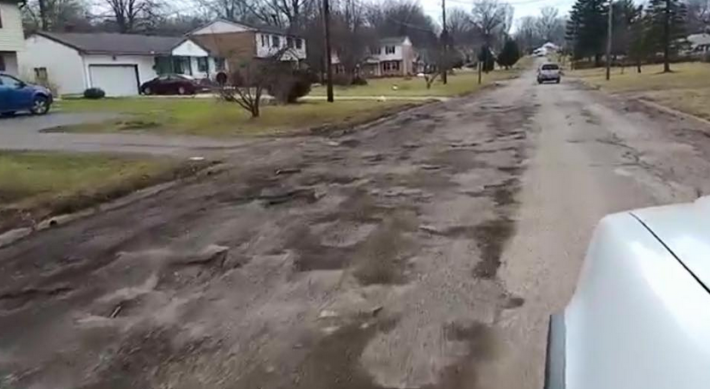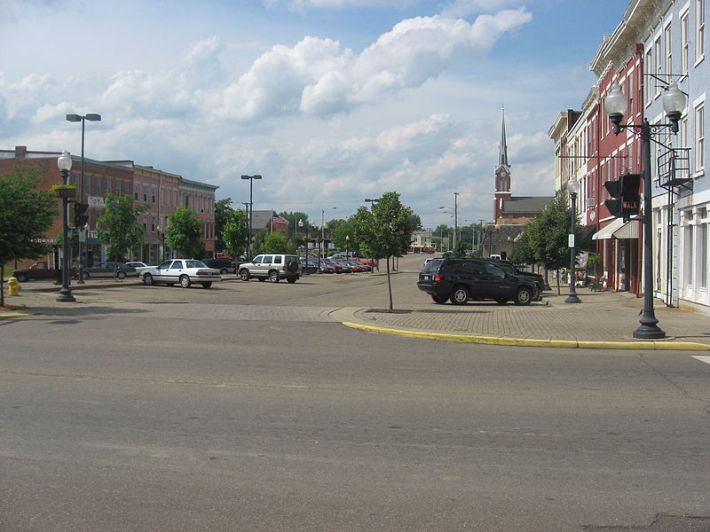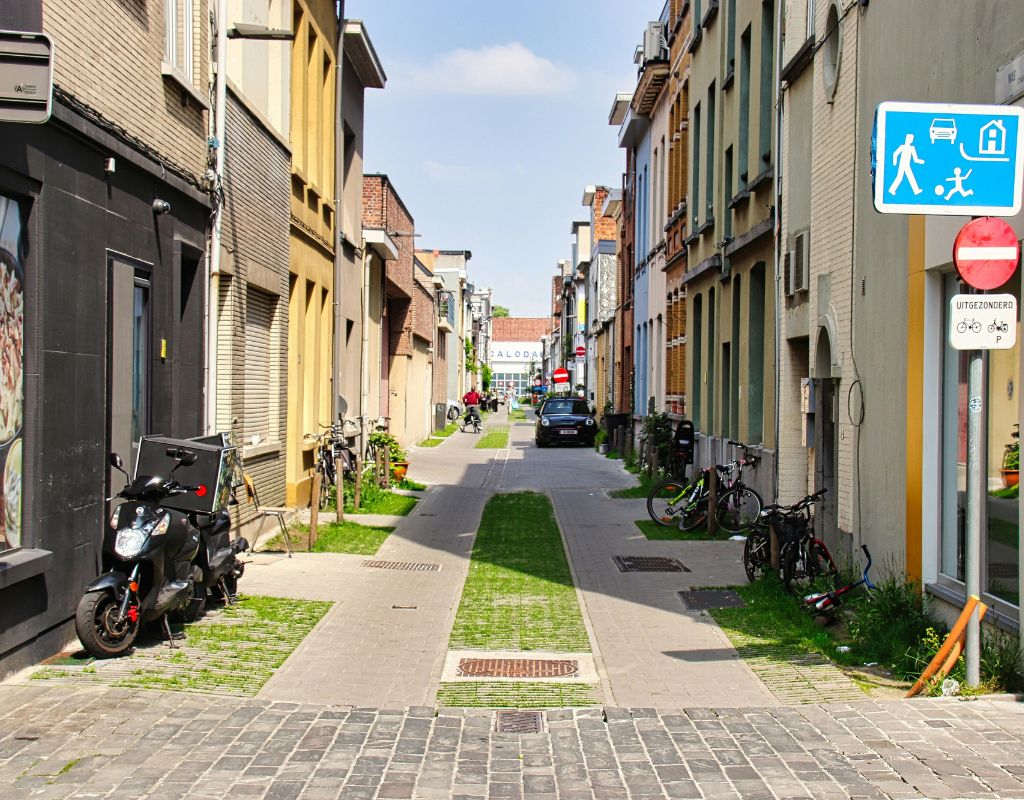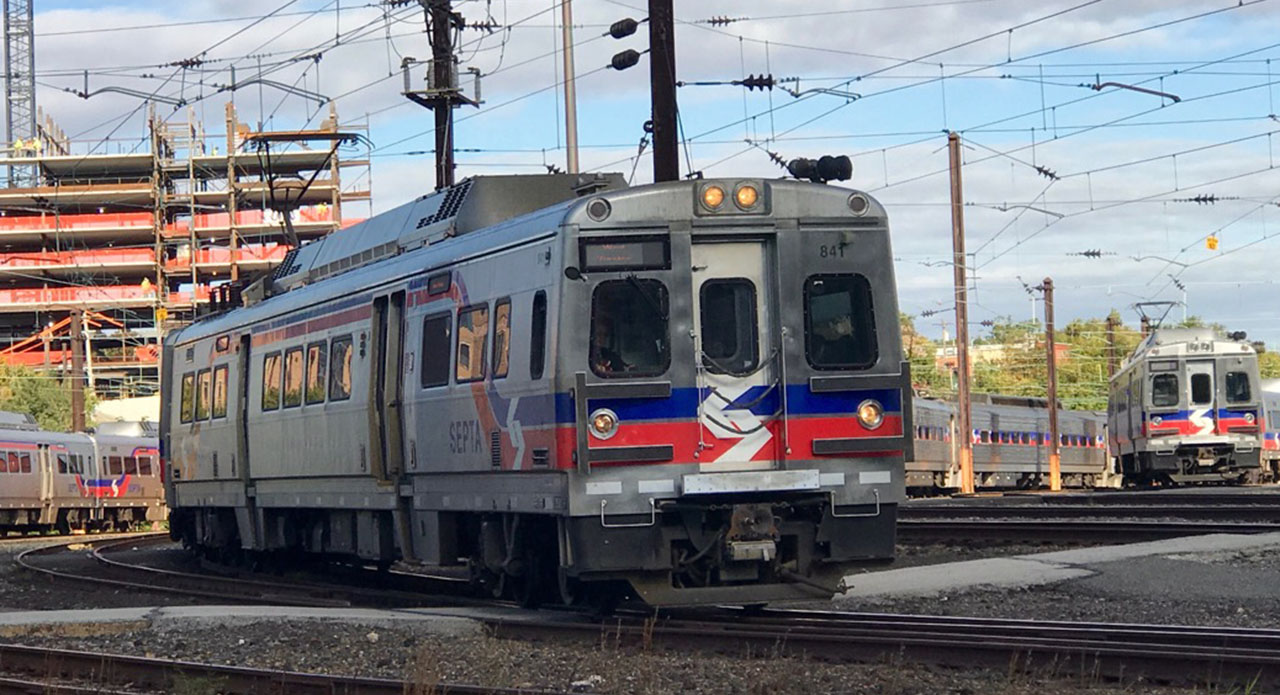
Given that the federal Highway Trust Fund is broke and the Interstate Highway System is more or less complete, maybe -- just maybe! -- it doesn't make sense to keep expanding highways. And if there's one place in the country where it's especially urgent to stop building more highways, it's northeast Ohio.
The combined metro areas of Akron, Cleveland, and Youngstown are shrinking at an alarming rate. Unlike some Rust Belt regions, it's not just their core cities hemorrhaging population: The whole region has shrunk 7 percent since the 1970s. The three cities have lost more population combined since the 1950s than they have now.
That kind of decline exerts intense fiscal pressures. Central cities and even many suburbs in these regions can't afford to maintain their roads. Cleveland recently borrowed $100 million, with about a quarter of that for road repairs. Even though that will roughly double the annual road repair budget, it's still just a small fraction of what's needed to catch up on the city's $300 million resurfacing backlog.
State transportation policy has not responded to these mounting pressures. The Ohio Department of Transportation has continued to add highways as if the region were booming. Since the 1990s alone, northeast Ohio has added more than 300 highway lane-miles. Rather than stimulate growth, it has mostly served to facilitate sprawl and hollow out city centers. Cleveland ranked dead last among 96 metro areas in a recent Brookings study on growth in job access.
Local leaders are finally speaking up, with Akron and Cleveland making it clear they want the state to start emphasizing maintenance. Grace Gallucci, head of Cleveland's metropolitan planning organization, NOACA, appealed to ODOT in September to use part of its "major projects" funding on a package of road repairs in the Cleveland region. The state refused.
Piling on this week, Akron's MPO, AMATS, joined NOACA in calling for the state to turn away from expansion and focus on maintenance. The AMATS board, representing political officials from the city, suburbs, and counties in the region, passed a resolution [PDF] calling for a new "statewide transportation policy framework." The document endorses "a 'fix it first' program that prioritizes maintenance of existing roads and bridges over expanding highway capacity" as well as additional investments in walking, biking, and transit:
While our region could always use more federal and state funding, what we need even more is a new federal and statewide vision for transportation -- one that prioritizes fixing the roads and bridges that we already have, and creating viable alternatives to driving.

AMATS Director Jason Segedy says leaders in even some of the more rural parts of his region are having trouble keeping up with maintenance. He questioned, for example, whether it was necessary for the state to devote more than $400 million to the Portsmouth Bypass. Just this week, U.S. DOT announced it was granting a $209 million TIFIA loan to the $430 million project. The 16-mile four-lane highway is supposed to save travelers 16 minutes through that part of Appalachia by detouring around the struggling city of 20,000.
U.S. Transportation Secretary Anthony Foxx praised the project this week saying it will open "up the area for economic development." Ohio has heard that one before, and it didn't work out the way transportation officials promised.





